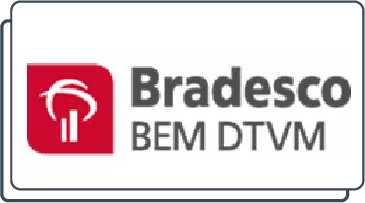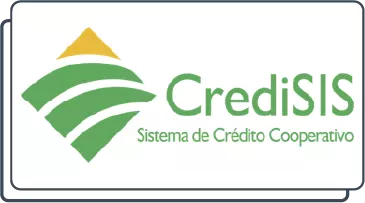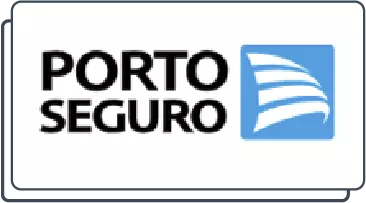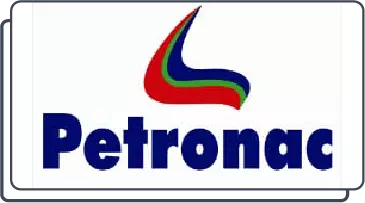Choosing the right tax regime, between Lucro Real (Real Profit) and Lucro Presumido (Presumed Profit), is a fundamental decision that directly impacts the tax burden and, consequently, the profitability of Brazilian companies. This article aims to clarify the characteristics of each regime, helping managers to make informed decisions that align with the financial and operational objectives of their agribusiness companies.
What is a tax regime?
The tax regime is the set of laws that determines how a company will be taxed. In Brazil, the main options are Lucro Real (Real Profit) and Lucro Presumido (Presumed Profit), each with its own rules and criteria that directly influence business financial management.
Real Profit
Under the Real Profit regime, taxation is levied on the net profit for the accounting period, after all operating costs and expenses have been deducted. It is ideal for companies with variable or low profit margins, offering the possibility of paying taxes more in line with the company's financial reality.
Advantages of Real Profit:
- Deduction of all operating expenses.
- Best suited to companies with large variations in operating profits or losses.
- Possibility of offsetting tax losses.
Disadvantages of Real Profit:
- Greater complexity in the calculation and documentation required.
- The need for stricter accounting and fiscal control.
Presumed Profit
Presumed Profit is a simplified regime in which the tax base is determined by a fixed percentage of gross revenue, varying according to the business activity. This regime is suitable for companies with consistent profit margins that are higher than the percentage presumed by legislation.
Advantages of Presumed Profit:
- Simple tax calculation.
- Reduction of administrative and accounting costs.
- Ideal for companies with profitability above the presumed percentages.
Disadvantages of Presumed Profit:
- Limitation on the deduction of expenses and costs.
- It does not allow tax losses to be offset.
Criteria for Choice
The choice between Real Profit and Presumed Profit must take into account several factors, such as:
- Volume of income and expenditure;
- Profit margin;
- Forecasting changes in profit;
- Need to offset tax losses;
- Administrative complexity that the company can manage.
Conclusion
The decision between Real Profit and Presumed Profit is strategic and should be aligned with the company's financial planning and market projections. We recommend consulting accounting and tax professionals, who can offer personalised advice based on the specific reality of each business.
www.tgs-compass.com
https://t.me/TGSBrasilCompass
https://www.linkedin.com/company/tgs-compass
https://www.instagram.com/tgscompass/








3 Responses
It's a remarkable paragraph in support of all the web viewers; they will obtain advantage from it I am sure.
In line with my study, after a foreclosure home is available at a sale, it is common for that borrower to still have the remaining balance on the bank loan. There are many loan companies who try to have all fees and liens repaid by the subsequent buyer. Nevertheless, depending on specified programs, laws, and state legal guidelines there may be a number of loans that aren't easily sorted out through the switch of financial products. Therefore, the duty still rests on the debtor that has got his or her property in foreclosure process. Thank you sharing your notions on this blog.
Thank you for sharing your study. You have raised important points about borrower liability in foreclosure proceedings, which can vary according to state laws and specific programmes. We appreciate your contribution to the discussion.